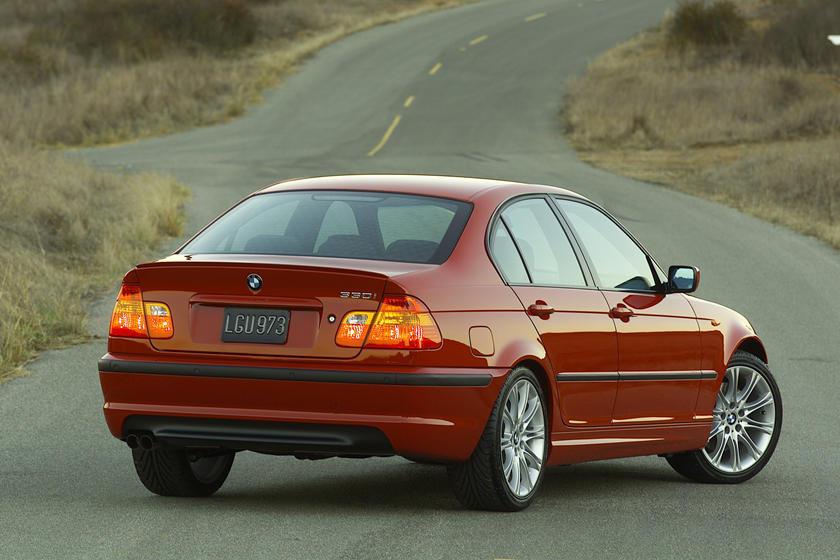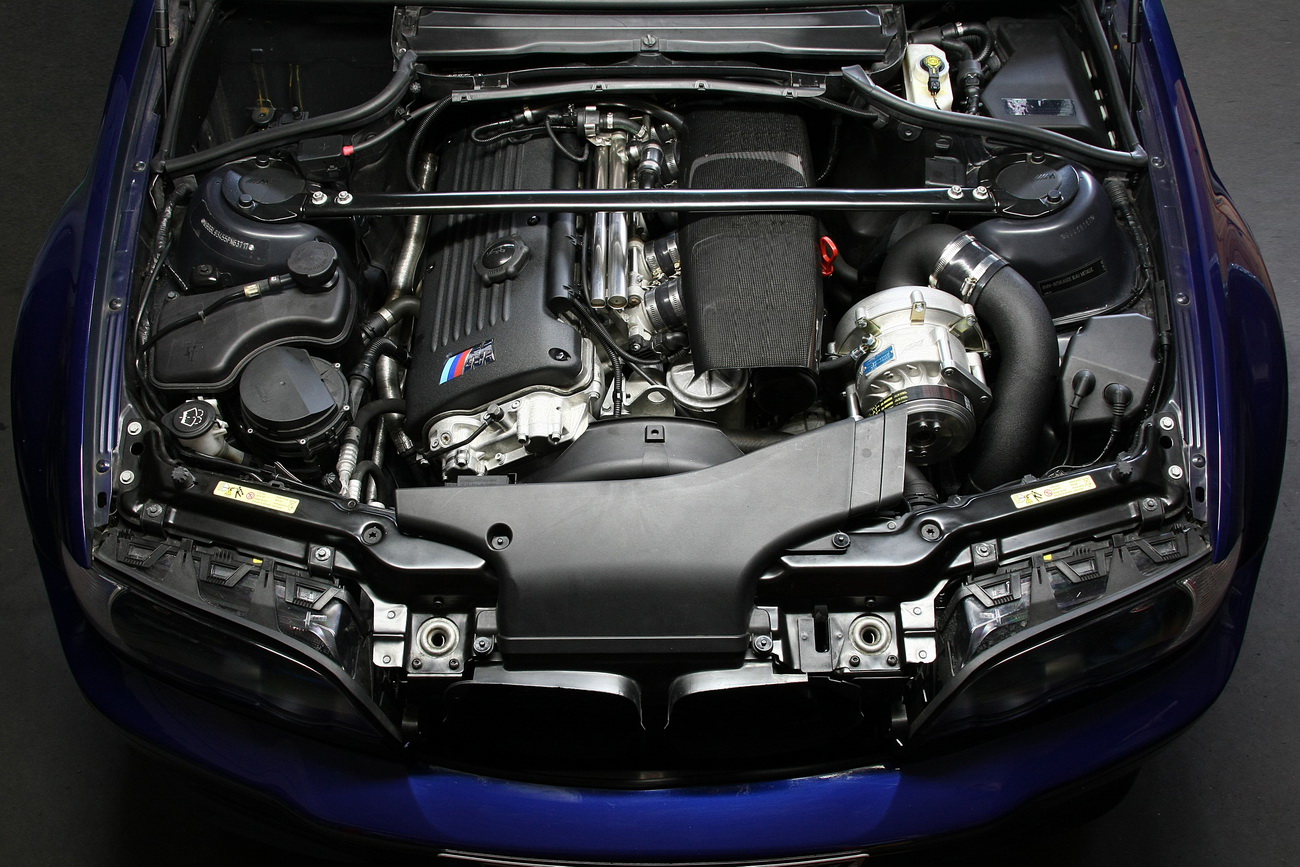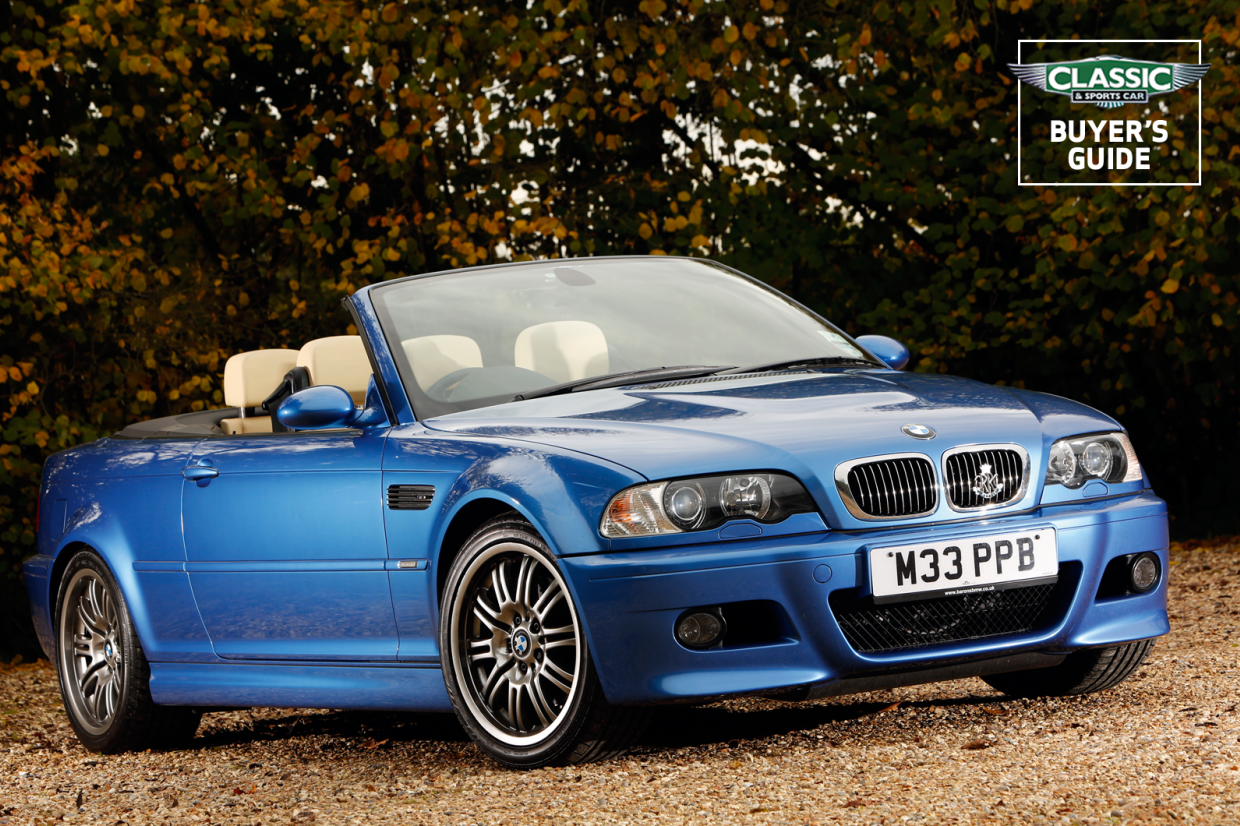

The E92 has been one of the most reliable M cars yet.
#E46 m3 specs manual
Most do a SMG to manual conversion to save on cost and improve reliability. SMG has been known to have issues, and the SMG pump is very expensive (over $3,000).
#E46 m3 specs full
We also recommend getting full maintenance done on the motor as generally most S54’s have gone over 100,000 miles and probably weren’t babied.



We highly recommend having the subframe checked and if uncracked, reinforced before tracking. While the S54 is generally a strong motor, the vanos, valve cover gasket, head gasket and other issues pop up frequently. The E46 arguably has the most small issues of the bunch, but is also a big jump up in moving pieces over the E36. The E36 suffers from the same subframe problems as the E46, but since the E46 is a heavier car it’s more prevalent in the E46. Most customers replace their valve cover gaskets and do a head gasket job as preventative maintenance when they are going to be tracking the car. We recommend replacing all bushings and as many “easy to access” gaskets as possible to have the most reliable motor. Commonly, the cooling system is not up to par and there are some oil starvation issues, but both can be fixed relatively easily. Generally, the S52 is pretty stout and once refreshed can be used very reliably as a track car. The E36, being the oldest car here, is going to have the most little problems. General Problem Areas – Most common problemsĬomparison overview (Cost of engine and transmission replacement)įorum and eBay prices as of the date of this post However, any one of the supercharged cars will require modification beyond a standard kit in order to run cool on the track. In this case, the E92 is the shining star for horsepower to weight. Each platform is capable of more power, but this is a demonstration of track readiness. The E92 has a 650 horsepower kit as well, but it requires higher octane, and most customers run the 625 horsepower kits. The F80 can make much more power, but we haven’t seen power levels over about 550 be reliable (yet) on the track. You can get each car a little lighter and most are going to be above these weights, but this will give you a comparison of about where most of the generations currently sit in terms heavy weight reduction.Ĭomparison overview (Supercharged and Forced Induction)Ī clean title, good condition example of each one, picked with the earliest yearĪbove is the most horsepower that is currently recommended for each car, with the factory motor, on the track.
#E46 m3 specs driver
The weights are estimated without a driver and are based on our experience with heavily stripped cars. In order to obtain the weights above, you have to go through some pretty serious weight reduction. Lightweight exhaust, remove rear seats, speakers, interior pieces, etcĪs you can see above, the F80 is a monster when it comes to power to weight ratio, both factory spec as well as with bolt ons and with weight reduction. (Intake/Exhaust/Headers/Tune)Ĭomparison overview (Bolt ons and heavy weight reduction) Here we take the factory cars above and add standard bolt on power mods. We picked the ones that are the most popular track cars to compare.Ĭomparison overview (Standard Bolt on Modifications) We know there is an E90 M3, an E30 M3, an F82 M4 and convertible variations, but we decided to leave those out to keep the comparison as focused as possible. Ultimately, you can’t go wrong with any of these generation M3s! We get it all of the time – What’s the best BMW M3 for for track? Should I get an E36 M3? Should I swap an S54 into an E36? Should I get an E46 M3 with the S54? Should I get an E92 M3 with the S65 V8 and available DCT? We feel each car has it’s pros and cons and we decided to lay it all out here to give you as much info as possible so you can make a decision based on what’s right for you.


 0 kommentar(er)
0 kommentar(er)
